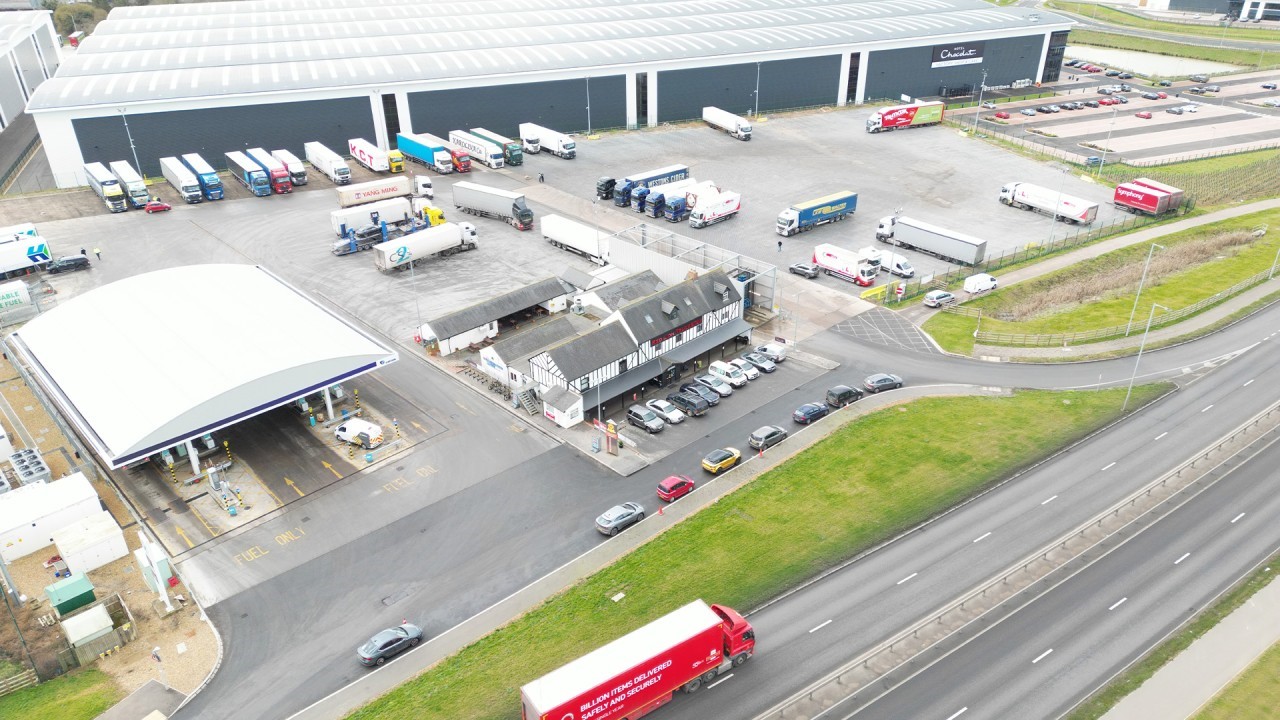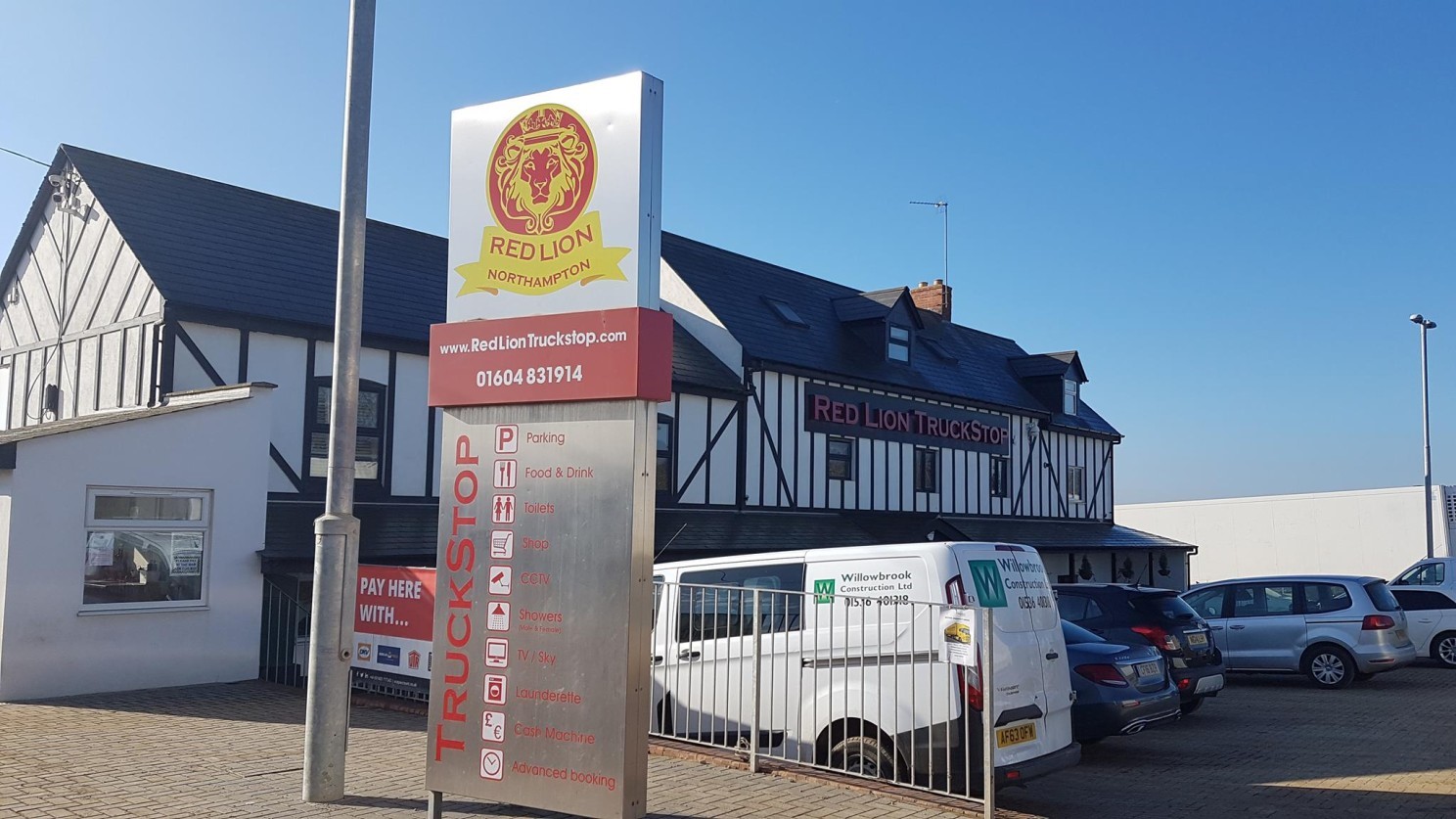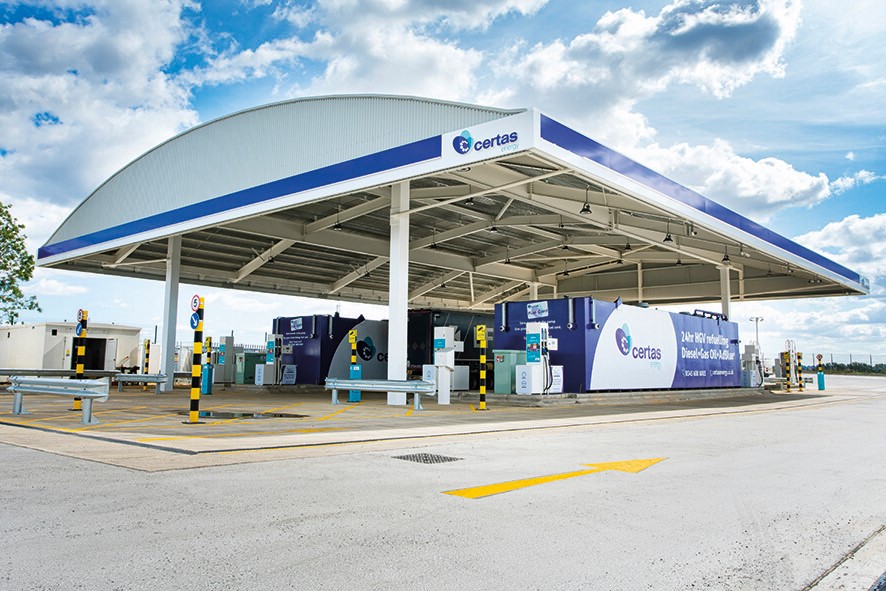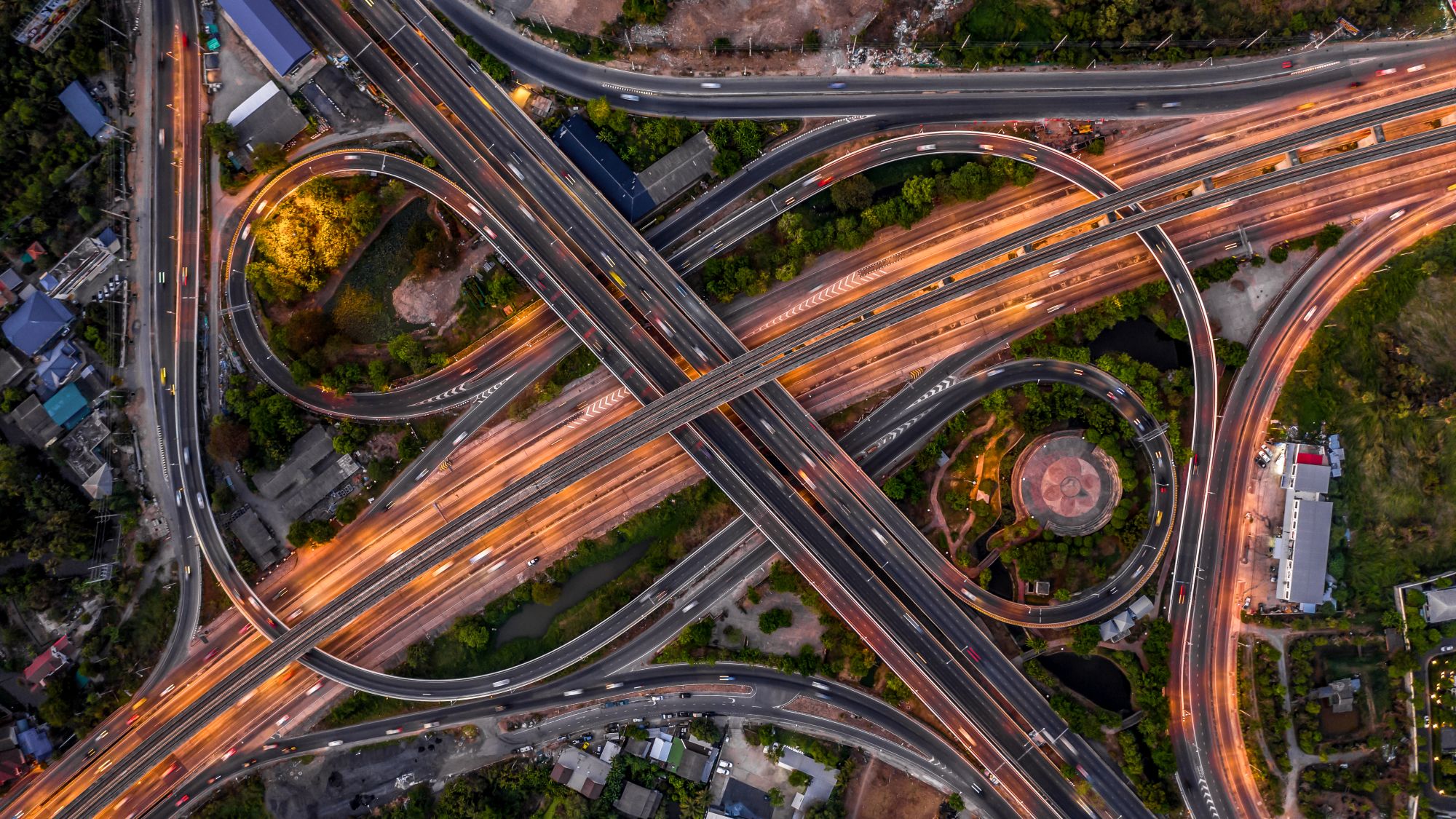
Susie Jones
Автозаправка "Червоний Лев" - модель успіху
Створено: 28.08.2024
•
Оновлено: 28.08.2024
Всього за 200 метрів від траси М1 на перехресті 16 розташована стоянка для вантажівок "Червоний лев". Заснована понад 30 років тому, "Червоний Лев" став улюбленим місцем для водіїв. Описаний як рай для далекобійників, його атмосфера товариства, смачна їжа та широкий спектр зручностей роблять цю відзначену нагородами зупинку улюбленим місцем відпочинку. Оператор майданчика, Алі Садрудін, розповідає нам про нього.
"Майданчик може прийняти понад 200 вантажівок за ніч. Тут є швидкісна автозаправна станція, яка заправляє не лише дизельне паливо та AdBlue, але й стиснений природний газ (CNG). Також є новозбудована пілотована 3-щіткова мийка для вантажівок. У побутовому корпусі є ресторан і бар, магазин аксесуарів для вантажівок, пральня, ігровий центр, банкомати, душові кабіни і туалети, а також конференц-зали і приміщення для проведення засідань".

Об'єкти
Дехто може вважати стоянки для вантажівок просто місцем відпочинку для водіїв, але вони також відіграють важливу роль у покращенні самопочуття водіїв. Ми в SNAP знаємо, що забезпечення водіїв чистими приміщеннями є обов'язковим. Але що ще потрібно водіям вантажівок?
"Я вважаю, що клієнти шукають базові речі, але зроблені правильно. Хороша їжа, чисті приміщення, безпека для їхніх транспортних засобів та вантажів. Якщо ви зможете це забезпечити, то матимете задоволених і постійних клієнтів", - каже Алі.
Побіжний погляд на сторінку Red Lion у Facebook показує, що вони, безумовно, дотримуються цієї мантри, і вона працює. Коментарі на кшталт "чудова стоянка для вантажівок, найкраща в країні" та "можливо, одна з найкращих стоянок для вантажівок в Англії" підтверджують 4 000+ позитивних відгуків у Google.
Безпека та захист
Однак смачна їжа та чисті приміщення - не єдине, на чому зосереджені Алі та його команда. Вони також надзвичайно серйозно ставляться до безпеки. За оцінками, у 2020 році у Великій Британії було скоєно понад 4 000 злочинів, пов'язаних з вантажними автомобілями, вантажоперевезеннями та вантажами, що коштувало країні 250 мільйонів фунтів стерлінгів. Такі майданчики, як "Червоний лев", запровадили заходи безпеки, щоб зменшити цю кількість.
Алі стверджує, що "SNAP допомогла нам отримати сертифікат TAPA PSR рівня 3". У лютому 2023 року The Red Lion отримав нагороду Park Mark Freight Award. Алі розповідає, яких заходів безпеки було вжито для отримання цієї нагороди.
"Об'єкт є безпечним за своєю конструкцією. У нас є цілодобова охорона, яка патрулює територію, а третя сторона контролює систему відеоспостереження. Ми маємо 3-метровий суцільний паркан навколо об'єкту зі стаціонарними камерами, які спостерігають за всіма точками паркану, щоб виявити будь-які несанкціоновані проникнення або пошкодження панелей паркану. Територія також повністю освітлена до необхідного рівня освітленості, визначеного поліцією, а камери виявлення руху, стратегічно розміщені по всьому об'єкту, фіксують будь-який несанкціонований рух і гарантують, що кожна частина об'єкту перебуває під наглядом. Система ANPR фіксує номери автомобілів, що в'їжджають на територію та виїжджають з неї, а також швидко реагує на виклик поліції, якщо виникне потреба в її виклику".
Червоний Лев також вжив додаткових заходів, щоб забезпечити жінкам-водіям комфорт і безпеку під час їхніх візитів. До послуг жінок - жіночі душові, туалети та роздягальні. Ці заходи не залишилися непоміченими: у січні 2023 року стоянка для вантажівок була визнана найкращою у Великій Британії для жінок-водіїв вантажівок.

Прибуток і розширення
Однією з багатьох переваг для менеджерів локацій, які використовують SNAP, є підвищення прибутковості та оптимізація. Як клієнт-засновник SNAP, Алі пояснює, як SNAP приніс бізнесу додатковий дохід з моменту приєднання у 2009 році.
"Це був поступовий процес, який тривав роками, однак, оскільки звички водіїв постійно змінюються і стають все більш безготівковими, я можу уявити, що новий сайт, який впровадить SNAP, отримає негайну віддачу. Приблизно 65% загального доходу сайту припадає на SNAP".
З 2009 року в індустрії, безумовно, багато чого змінилося. Алі пояснює, як сайту довелося адаптуватися до мінливої індустрії та підвищеного попиту.
"Спочатку майданчик міг вмістити лише 130 вантажівок на добу, але у 2018 році він розширився до 200+, щоб задовольнити зростаючий попит", - стверджує Алі. Для водіїв та автопарків, які використовують SNAP, ці 200 місць можна легко забронювати.
Лише через чотири роки майданчик ще більше розширився завдяки введенню в експлуатацію нової мийки для вантажівок. Відкрита в листопаді 2022 року, сучасна трьохщіткова мийка підходить для більшості вантажівок LGV.

Приєднання до SNAP в якості сервісного партнера
Приєднавшись до SNAP, ви отримаєте доступ до 160 000 водіїв та 7 000 автопарків. Для таких автостоянок, як Red Lion, які постійно прагнуть запропонувати нові ініціативи та послуги для своїх клієнтів, SNAP надає таку можливість.
"SNAP дозволив сайту запропонувати альтернативний спосіб оплати, який може принести тільки користь клієнтам, і залучити їх на сайт", - каже Алі.
Переваги SNAP
Понад 160 000 водіїв користуються обліковим записом SNAP. Тому високі стандарти є життєво важливими. Хоча сервісні партнери, які приймають платежі за допомогою рахунку SNAP, є незалежними компаніями, ми перевіряємо кожен сайт і гарантуємо, що він відповідає нашим стандартам. Крім того, наша мережева команда завжди на зв'язку, коли це необхідно.
"SNAP завжди підтримував нас з самого початку, коли ми приєдналися", - каже Алі.
Відповідаючи на запитання, що для них найкраще в SNAP, Алі каже: "Це рівень обслуговування, вони пішли далі, щоб пристосувати систему продажу квитків до наших вимог".
А яка його порада для власників автостоянок, які думають про те, щоб відкрити свою локацію для водіїв SNAP?
"Зробіть це! Чому б вам не захотіти залучити додаткових клієнтів на свій сайт".
Зареєструватися в SNAP
Щоб підвищити свою прибутковість та оптимізувати роботу сайту, перейдіть на snapacc.com.



